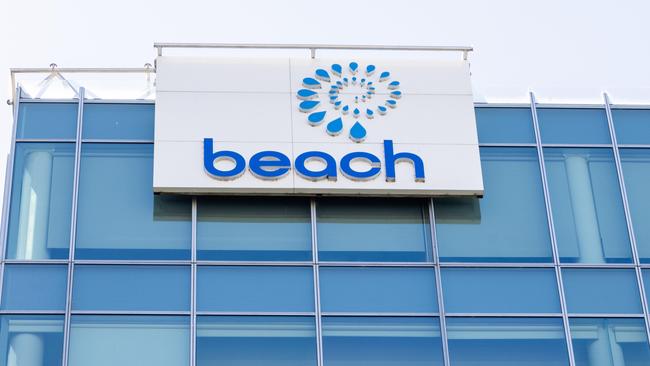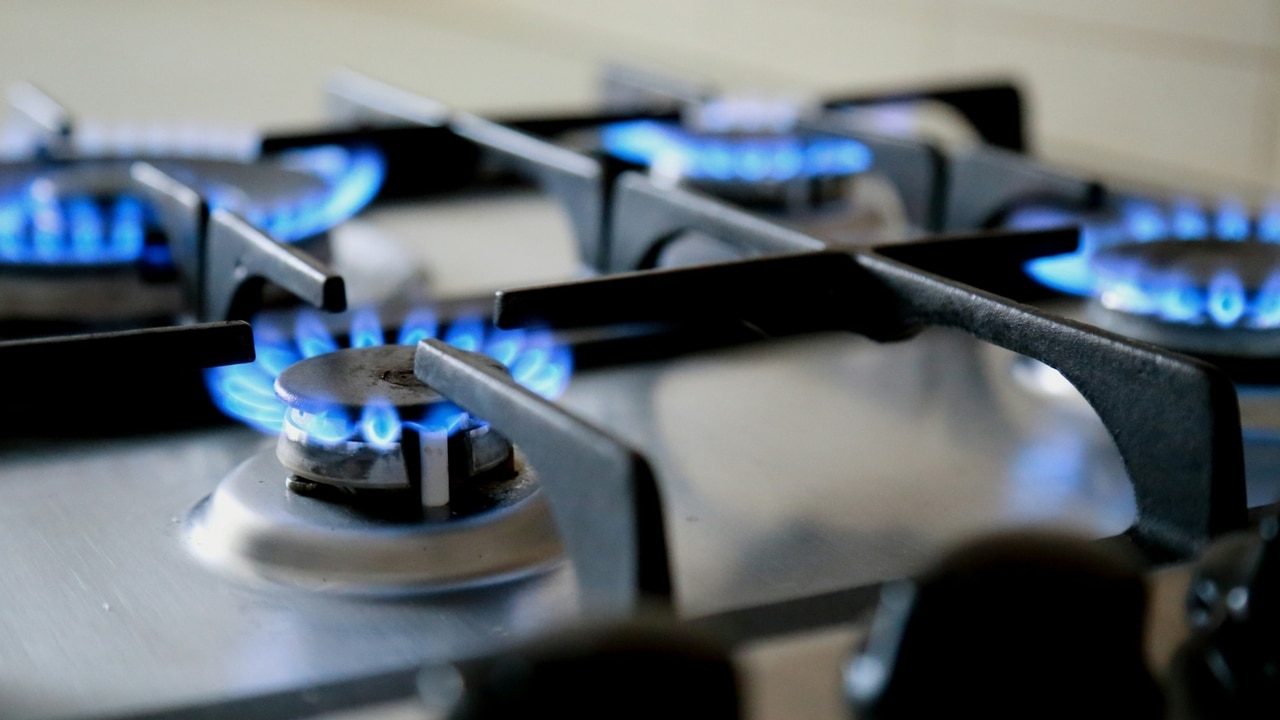Natural gas batteries key to prevent energy shortages

Imagine missing out on enjoying night games or hot chips and pies at the MCG or Sydney’s shiny Allianz Stadium in winter. Sounds depressing, but we might reach that point before we can have an honest conversation on the role of natural gas in Australia’s energy mix.
The stereotypical view of natural gas in the community is that it is used to create baseload power – the electricity that turns the lights on in homes and offices and drives simple machines – and that the rising cost of gas is leading to higher electricity costs, but that is not the case.
In reality, gas is a much more valuable resource than to be simply used to make electricity. Natural gas is used to make things such as pharmaceuticals, plastics, steel, bricks, cement, chemicals, explosives, fertilisers, paint and paper. Honestly, the list is endless.
Electricity from wind, solar, hydro and nuclear only generates electricity to drive machines and keep the lights on. In fact, gas typically only produces about 6 per cent of the daily east coast electricity market, where renewables represent about 40 per cent. However, in terms of the Australian total energy mix, renewables represent about 9 per cent and the heavy lifting for the Australian economy and Australian jobs is done by hydrocarbons.
So as the government ramps up its spending, further driving inflation, to facilitate deeper renewable penetration in the electricity sector without additional gas to support variable renewable installation, we will drive deeper into an east coast energy crisis.
The reality should be obvious, but I will paint it out.
One of gas’s amazing abilities is that it can very quickly be turned to when wind, solar, coal and nuclear can’t supply enough power.
Natural gas is an exceptional battery that can be used to quickly, cheaply and effectively fill the shortfalls when required. Gas has time and again come to the rescue to ensure the lights stay on.

When we think about natural gas, and its role in electricity generation, we need to think of it as Australia’s most effective battery, which enables the further deployment of renewables by providing peaking power when the sun doesn’t shine and the wind doesn’t blow.
The Australian Energy Market Operator’s (AEMO) Gas Statement of Opportunities says injection rates from natural gas storage into the east coast gas network are forecast to rise to more than 700 TJ/d during the next one to three years. Even under lower demand conditions, AEMO still forecasts storage injection rates into the market in 2026 will need to exceed 500TJ/d during winter.
This is why there is so much focus on increasing natural gas supply and gas storage capacity so that gas can play its role in Australia’s energy mix.
With the circumstances we’re currently seeing regularly on the east coast, enabling sufficient gas supply and storage assets close to existing infrastructure with high flow rates and sufficient duration will be a critical enabler to ensure the energy is there when Australians need it most, and at a cost that people can afford.
But if you don’t allow the development of gas, Australia’s greatest ally to jobs, manufacturing and supporting renewables through the transition will be at risk.
And while the demonisation of natural gas may play well to some ideological bases, it is clear natural gas will be one of the
key enablers to reaching Australia’s net-zero goals, rather than the fossil fuel roadblock described by those with vested interests.

We do not have to look far to see the folly of abandoning achievable and realistic action for ideological motives.
In 2018, the previous New Zealand government banned offshore exploration and put obstacles in the way of investment. Instead of relying on the natural gas in its own backyard, these actions have paradoxically, now forced New Zealand to import and stockpile the higher emitting energy source of coal from Indonesia to back up renewables.
The New Zealand scenario is as inevitable as it was avoidable.
Back across this side of the ditch, it has been reported the Victorian government will this week introduce laws to encourage new offshore gas storage projects to boost dwindling supplies and reduce the risk of energy shortages.
The government is seeking natural gas sources to secure supply for gas-fired electricity generators when coal-fired power stations pull the plug from 2028.
I commend the Victorian government’s recognition of natural gas, and gas storage, as crucial to keeping energy reliable, affordable and critical to a transition to a lower emitting future.
I say lower emitting because the energy source should not be seen as the enemy in the transition. It is the emissions we need to focus on.
And at Beach Energy we are doing that through the proven method of carbon capture and storage.
By the end of the year, our Moomba carbon capture and storage plant, through a joint venture with Santos, will begin capturing and storing CO2 under the ground in depleted natural reservoirs which have held the gas for millennia.
When at full capacity, this could decrease Beach’s abated emissions intensity by about 40 per cent.
It is now broadly accepted among energy experts that while there are many transitional paths towards net-zero, the only ones with credibility involve natural gas as a critical player.
Brett Woods is the chief executive of Beach Energy


